The sweet side of Mexico's Day of the Dead
- Published
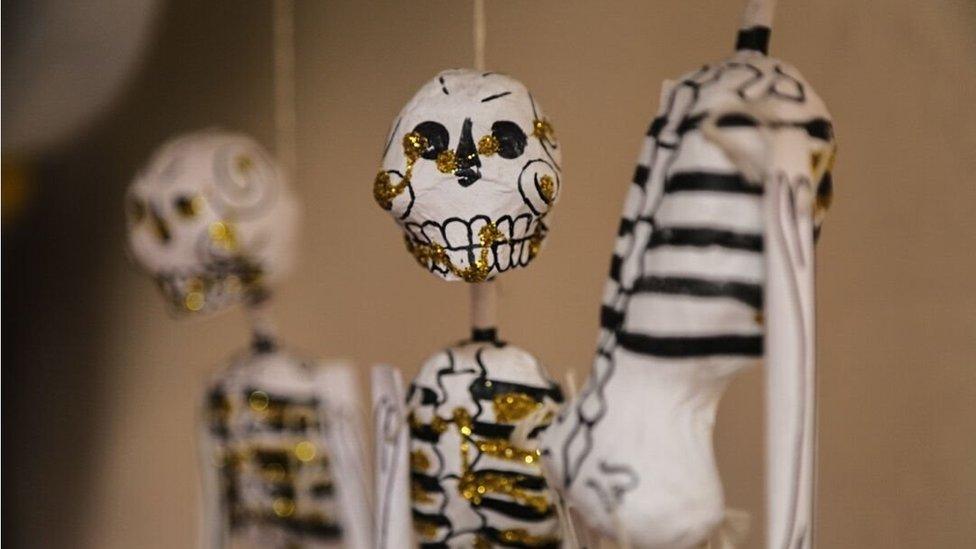
Skeletons are everywhere in Mexico during the Day of the Dead
Day of the Dead is one of Mexico's biggest celebrations when families remember those who have passed away.
The first of November is known as Day of the Little Angels and is dedicated to children who have died, while 2 November is dedicated to adults who have died.
On both days families visit graveyards and decorate tombs with marigolds, the traditional flower of the Day of the Dead.
They also build private altars at home and on the tombstones, on which they display the favourite food of their loved ones to encourage them to visit during this period.
The BBC's Katy Watson photographed some of the typical foods and decorations made for this celebration.
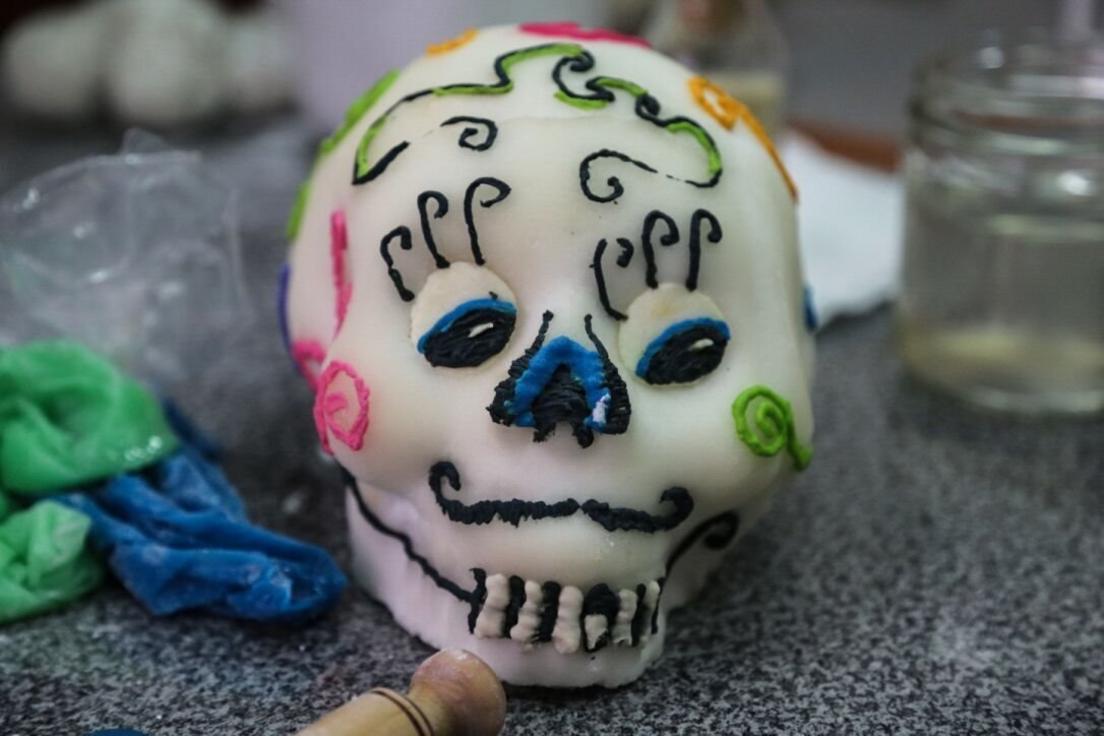
Skulls are typically made of sugar poured and set in a hollow mould
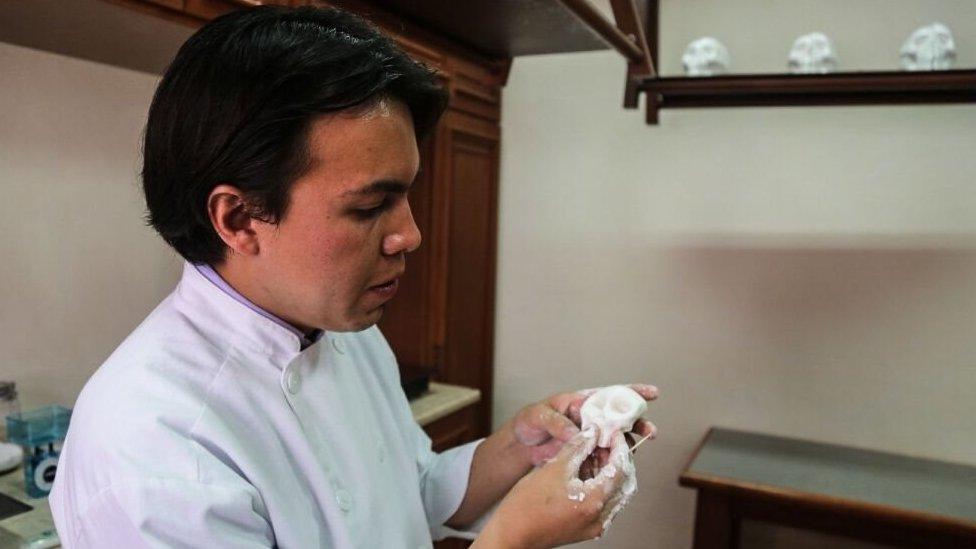
Francisco Galindo learned the craft from his grandmother
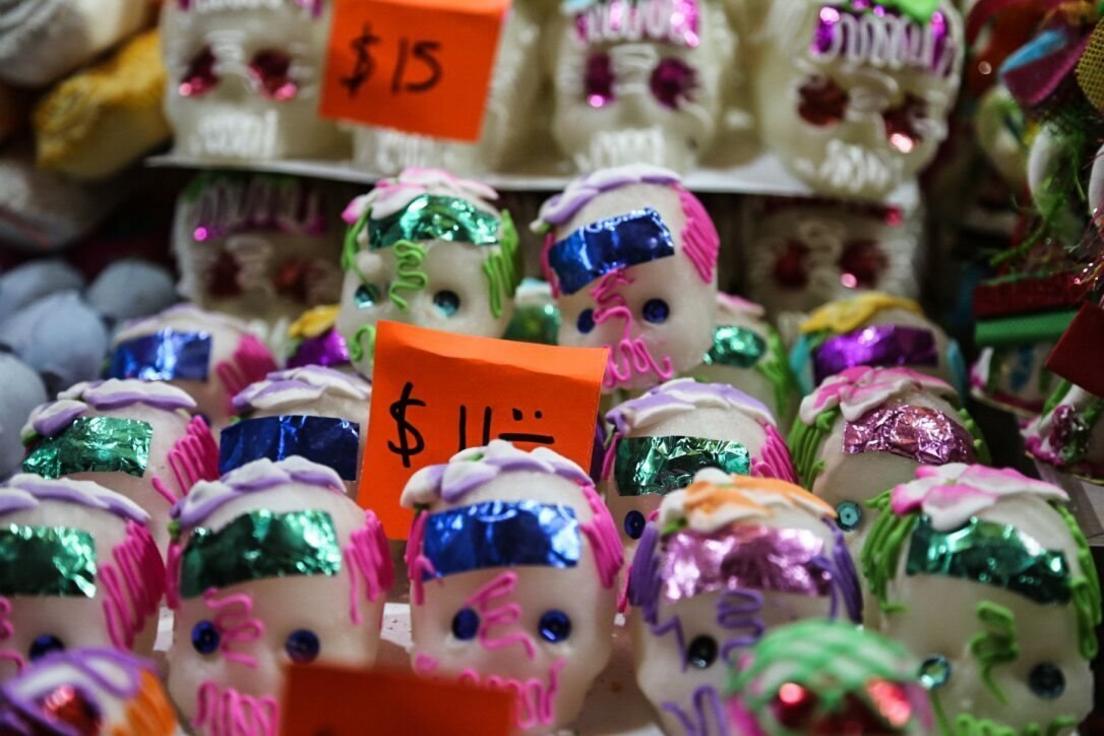
The skulls vary in size and in price
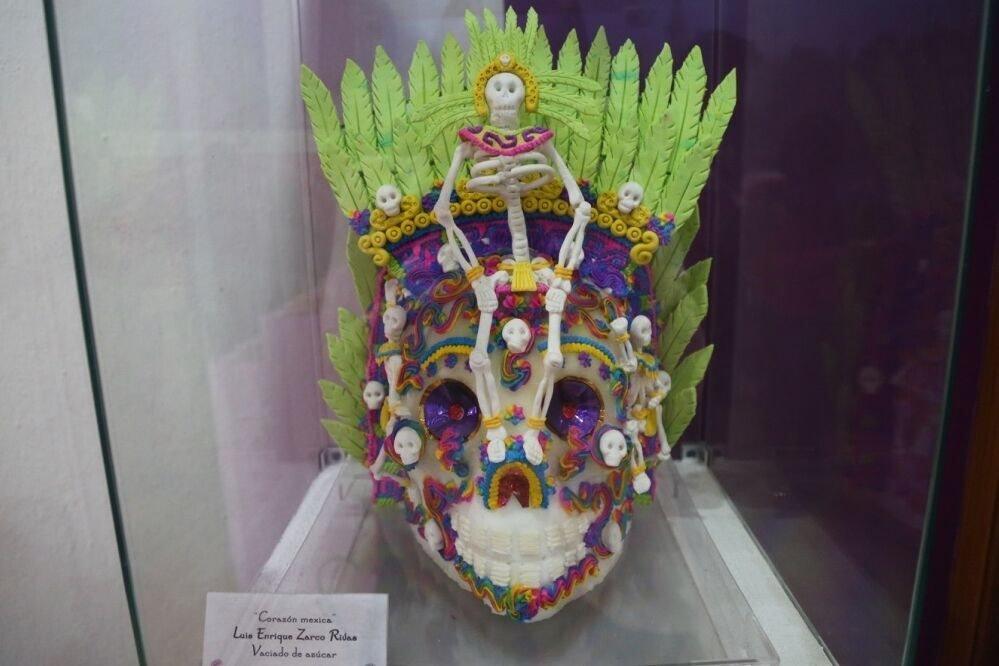
The most elaborate skulls are entered into a competition at the Alfenique Fair in Toluca
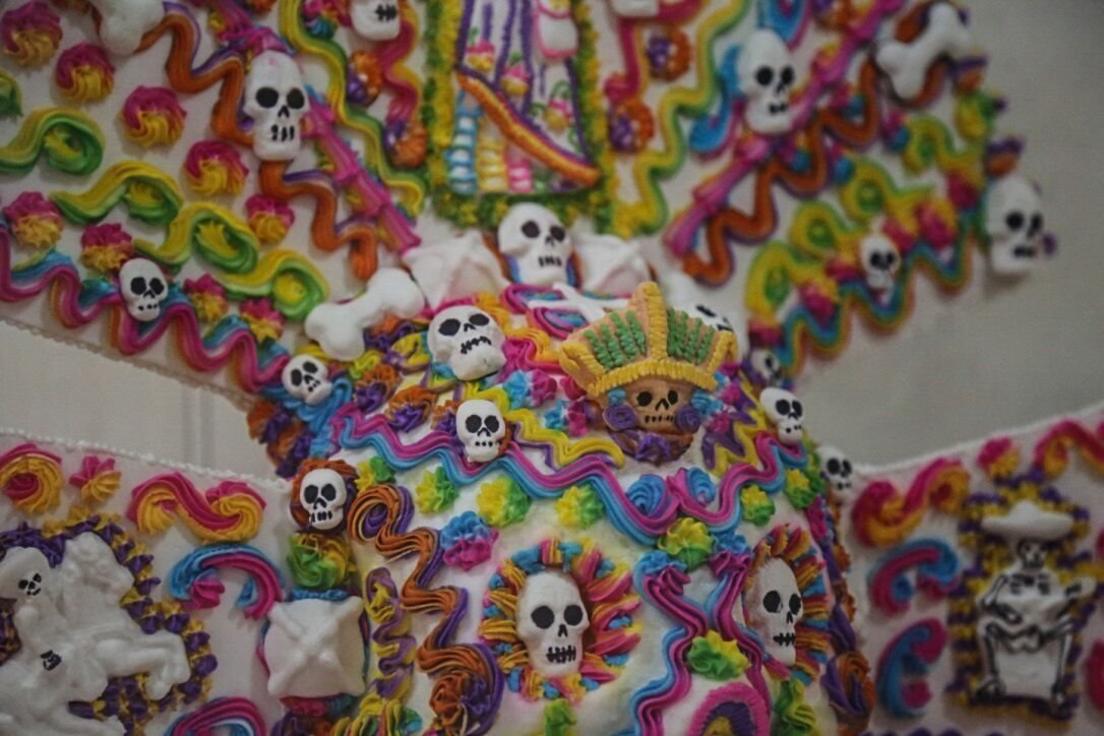
One of last year's winners was made to look like an elaborate headdress, all made out of sugar

The sugar skulls are for decoration, but there are others made for eating, such as these made from tamarind and coated in sugar
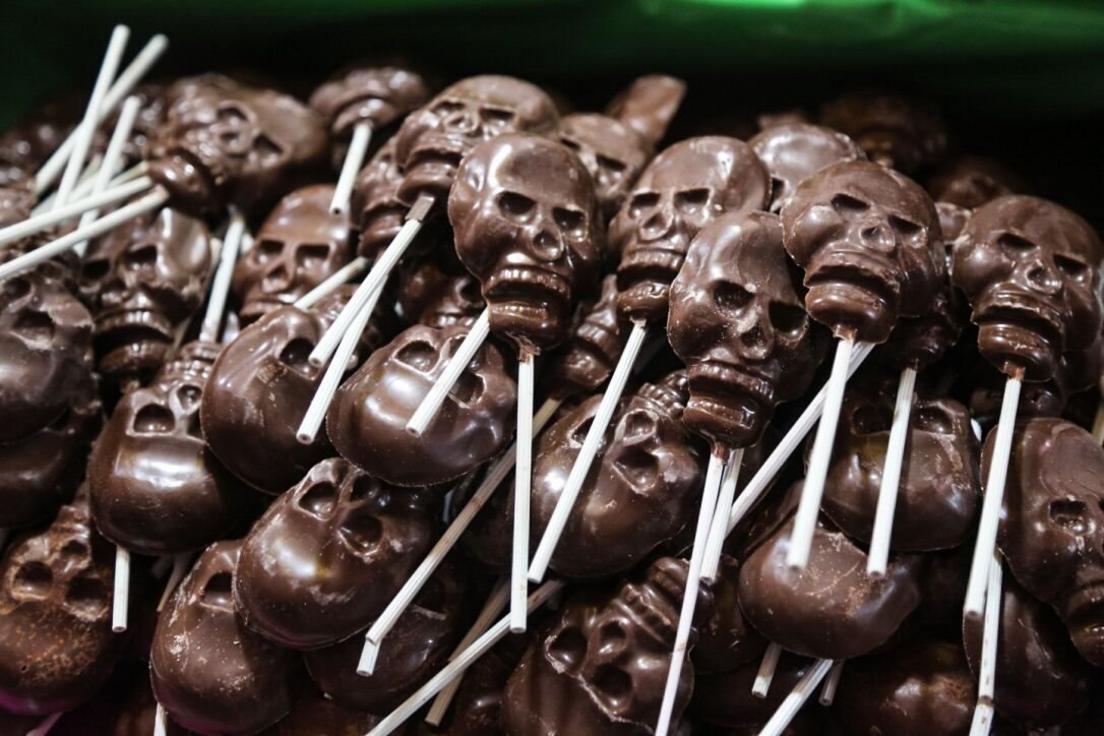
Not surprisingly, chocolate, originally from Mesoamerica, is a popular ingredient
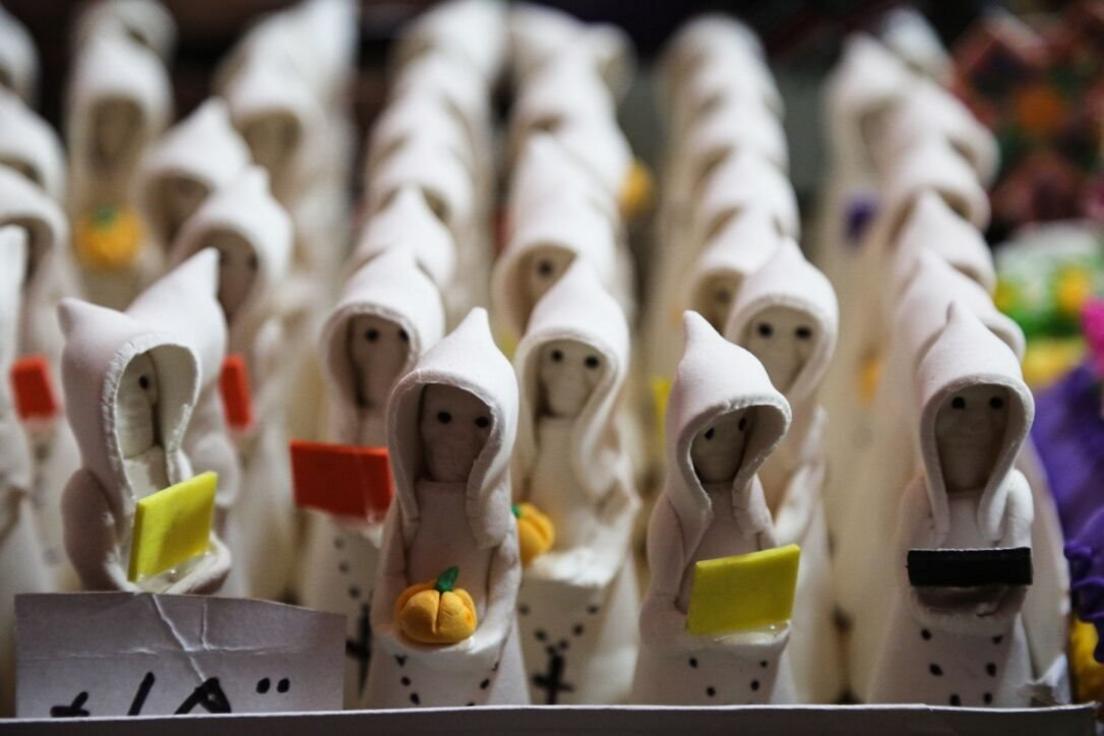
But it is not just skulls which are a popular theme, ghosts also make an appearance
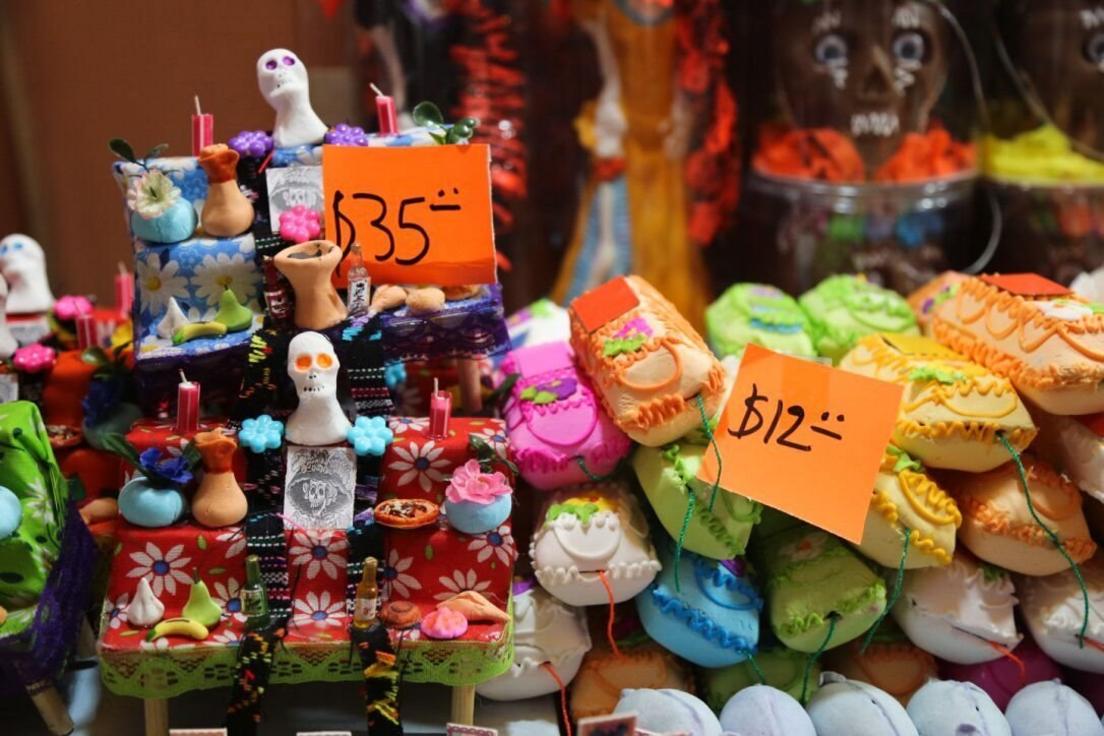
And sugar coffins in garish colours...
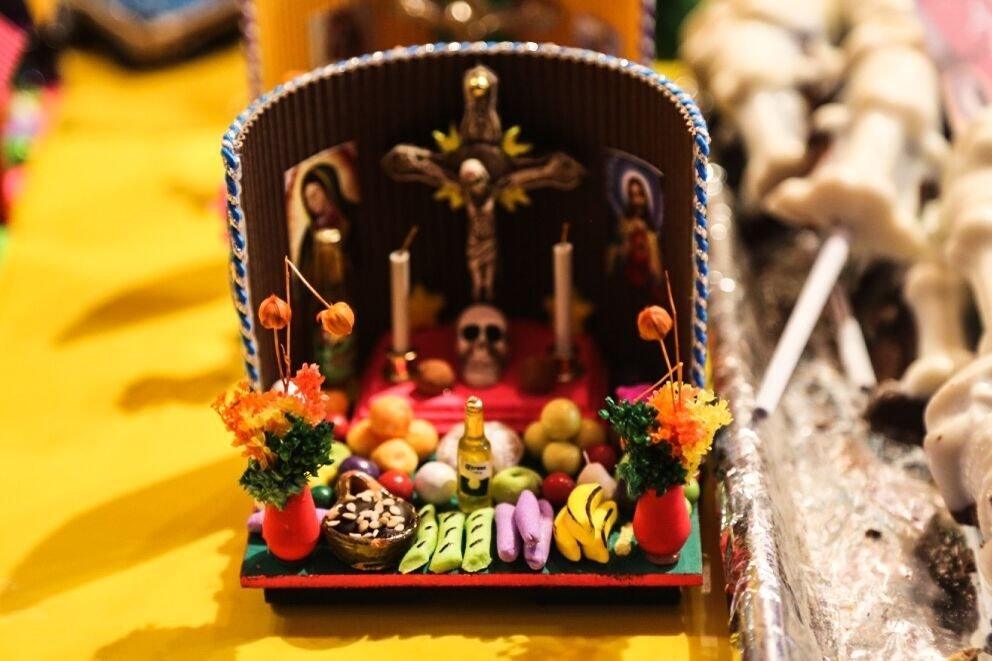
Miniature altars made out of sweets can be highly elaborate and will be left on tombs and graves for the dead to enjoy
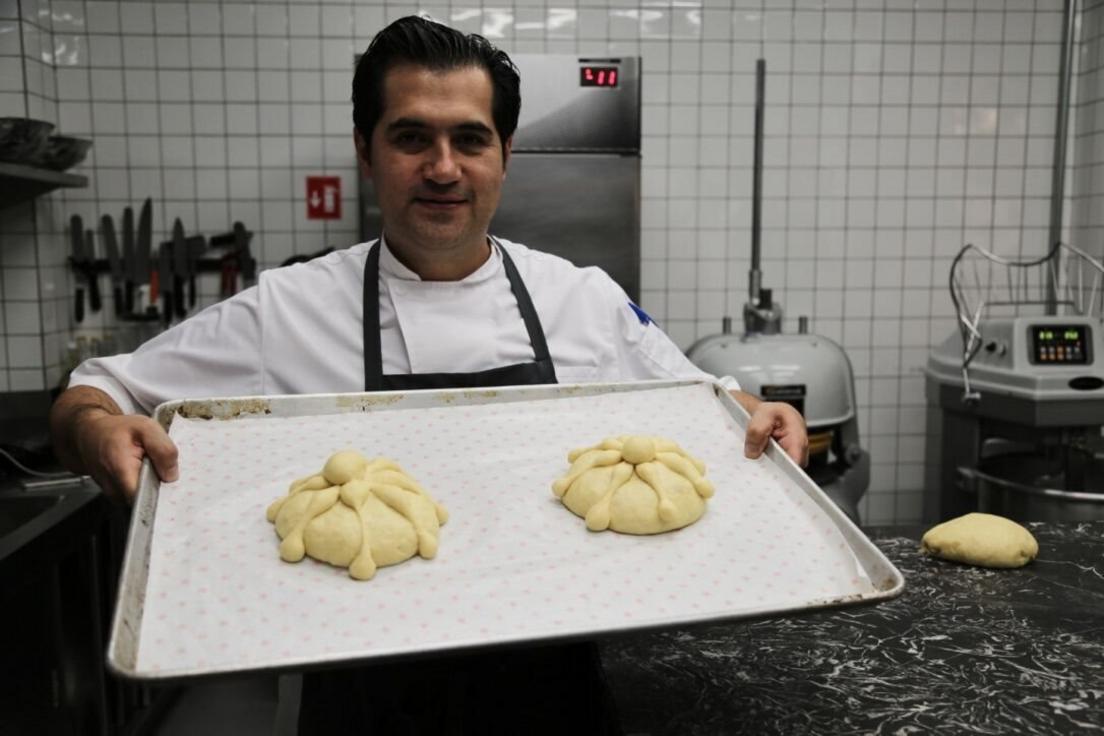
A popular food consumed by the living during this time is Pan de Muerto, or Bread of the Dead. Four lines crossing the bread represent limbs of a body and the ball on the top represents the skull. The lines also look like the tears that people shed when they remember their loved-ones, explains chef Irving Quiroz
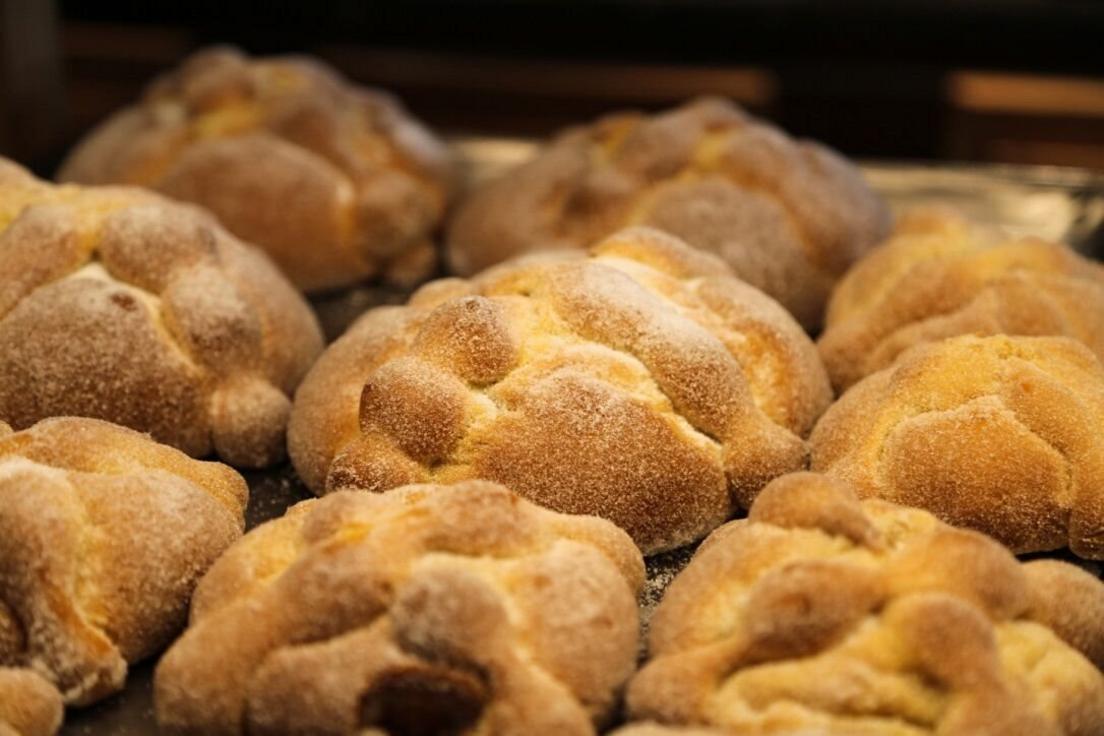
Pan de Muerto is brushed with butter on the outside and sprinkled with sugar and once it is golden it is ready to eat